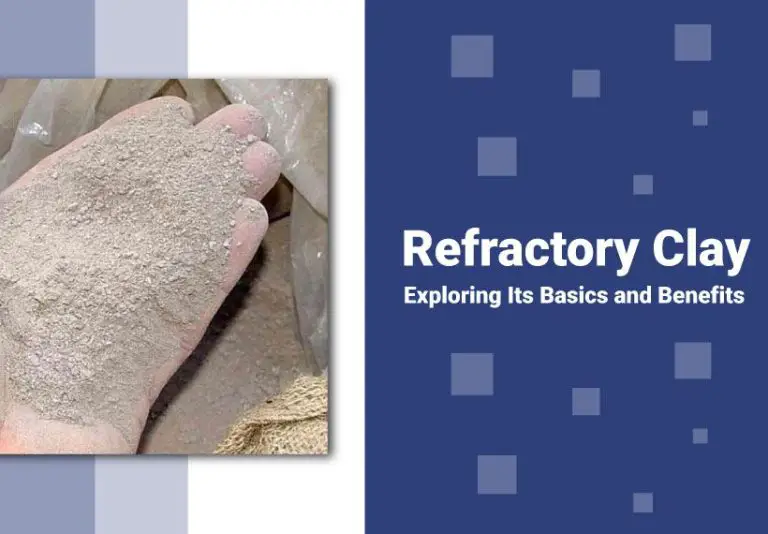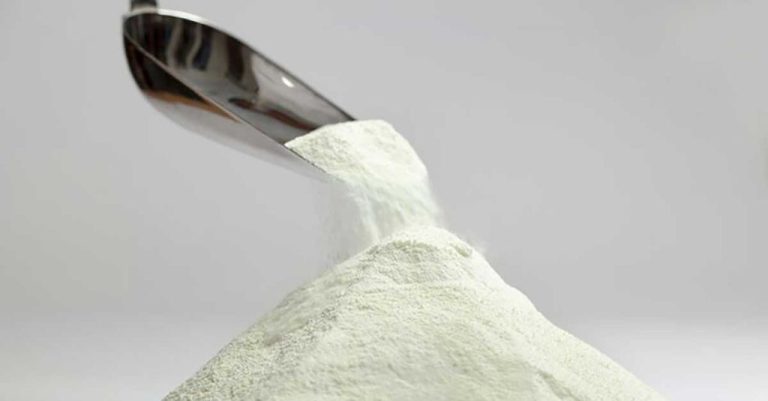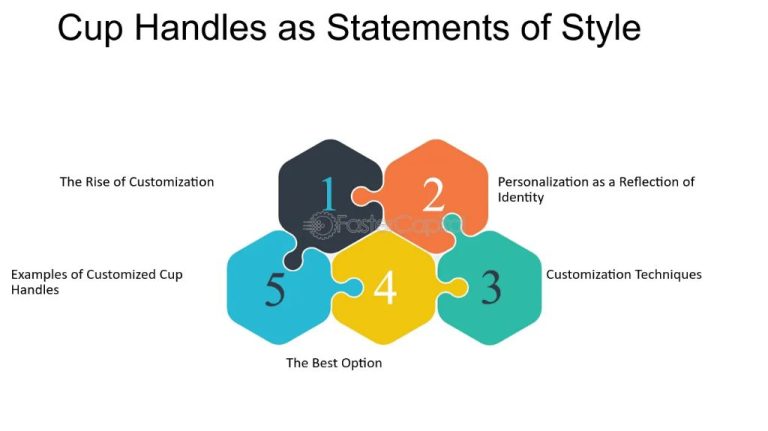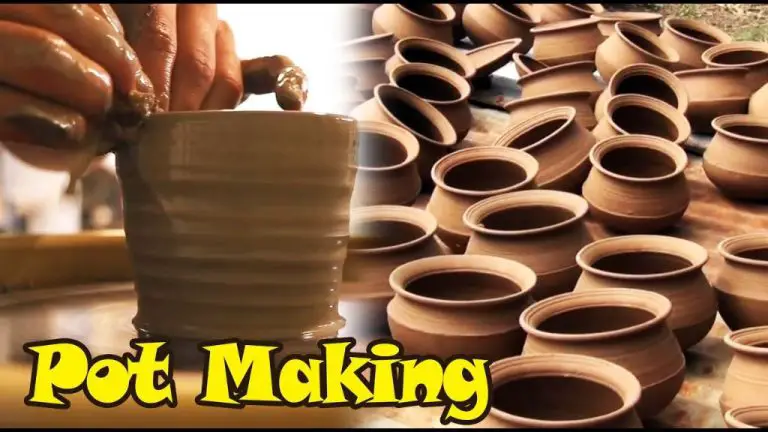What Is The Best Clay To Make Pots With?
When it comes to choosing the best clay for making pottery, there are several factors to consider. The type of clay, its plasticity, firing temperature, shrinkage, color, texture, availability, and cost will all impact whether it is optimal for throwing on the wheel, handbuilding, sculpting, or glazing. While no clay is intrinsically better than another, certain varieties are better suited for particular types of pottery pieces and techniques. By understanding the unique properties and characteristics of different clays, potters can thoughtfully select the one that aligns with their project goals and artistic vision.
The most significant considerations include a clay’s workability when wet, firing results, and accessibility. A high quality pottery clay holds its shape well while being formed on the wheel or by hand, while minimizing warping, cracks, and breakage while drying and firing. It readily bonds to itself when attached and scores and slips adhere well. After firing, the clay has an appealing look and feel suitable for its final product. Just as important, the clay is easily available and affordable to acquire. With an understanding of the range of options, potters can confidently choose the optimal clay for their needs.
Clay Types
There are several common types of clay used for pottery:
Earthenware – This clay contains iron and other minerals, fired at lower temperatures up to 2,200°F. It’s porous and prone to absorbing water. Common uses include flower pots, tiles, and decorative pieces. Earthenware has a coarse texture.
Stoneware – Denser and less porous than earthenware, stoneware contains feldspar fired between 2,200-2,500°F. Its tighter molecular structure makes it water-resistant. Stoneware has many applications including cookware, crockery, jugs, and technical ceramics. It has a smooth, fine texture.
Porcelain – Very dense porcelain has a high concentration of kaolin fired at temperatures up to 2,500°F. It’s non-porous and brittle with a glassy surface. Porcelain is ideal for tableware, artware, and other delicate items. It has a very refined texture.
Terracotta – An unglazed, porous earthenware made from natural red or brown clay. Terracotta is affordable and fired at low temperatures, making it suitable for plant pots, sculpture, tiles, and water/waste pipes. It has an earthy, coarse texture.
Plasticity
Plasticity refers to a clay’s ability to be shaped and molded without cracking or breaking. A clay body with high plasticity remains workable and flexible. It can bend and stretch as you form pots or other ceramic pieces without developing cracks. High plasticity clays are especially desirable for throwing on the pottery wheel, as they hold their shape as you manipulate them.
Clays with low plasticity tend to be crumbly. They break apart easily when worked, making them difficult to form into pottery. Low plasticity clay requires extra care when wedging and kneading to prepare it for throwing. Even then, it may crack or tear when shaped on the wheel or by hand.
Plasticity depends on the types and amounts of clay minerals present. Kaolin clays tend to have low plasticity. Bentonite clays, with their small particle size, generally have high plasticity. The amount of non-clay materials like sand or organic matter also affects plasticity. In general, high plasticity is desirable for most pottery-making.
Firing Temperature
There are several types of firing temperatures for pottery clay, which can be grouped into low, mid-range and high fire:
Low Fire Clays
Low fire clays are fired at temperatures between 1652-2192°F (900-1200°C). They tend to be very porous and fragile after firing. Low fire clays are suitable for items like decorative pottery that don’t need to hold liquid or withstand much handling. Some common low fire clays are earthenware and terracotta.
Mid-Range Clays
Mid-range firing clays are fired between 2192-2372°F (1200-1300°C). They result in pottery that is denser and stronger than low fire options. Mid-range clays work well for functional pottery like mugs, plates, bowls etc. Stoneware is the most popular type of mid-range firing clay.
High Fire Clays
High fire clays are fired above 2372°F (1300°C). At these temperatures, the clay vitrifies and becomes non-porous. High fire clays produce very durable and strong ceramics. Porcelain is the most common high fire clay. It can withstand repeated use and washings.
In general, higher firing temperatures result in stronger, more durable pottery. The intended use and functionality of the pottery piece should determine the firing temperature clay selected.
Shrinkage
Shrinkage refers to the reduction in size of clay as water evaporates during the drying and firing processes. Clay particles pack together more tightly as water is removed, causing the clay to shrink. Higher shrinkage rates mean more care needs to be taken in the drying stage to prevent cracks from forming.
Some key factors that affect a clay’s shrinkage rate include:
- Clay body composition – Kaolin clays typically have higher shrinkage than ball clays or fire clays.
- Plasticity – More plastic, workable clays tend to have higher shrinkage.
- Firing temperature – Higher firing temperatures result in more shrinkage.
Clays with shrinkage above 12% are considered high-shrinkage and require slow, even drying to prevent cracking and warping. Low-shrinkage clays with less than 8% shrinkage are easier to work with for beginner potters. Monitoring moisture levels and drying rate is critical regardless of the clay’s shrinkage tendencies.
Color
Natural clay comes in a range of earthy colors like red, brown, yellow, and grey. The natural color depends on the mineral composition and any impurities present in the raw clay. For example, iron oxide creates red and orange hues.
Clay can be dyed or stained to achieve brighter and more vibrant colors. Pigments derived from metal oxides and minerals are commonly used to dye clay. Stains made from Mason stains, underglazes, and oxides work well for coloring clay. The stains permeate the outer layer of raw clay so the color remains after firing.
Texture
The texture of clay refers to how smooth or coarse it feels. This texture impacts the look and feel of finished pottery pieces.
Smooth clays contain no additives and have a fine, even texture when wedged. Smooth clays are ideal for throwing on the pottery wheel and creating pieces with sleek surfaces. They can be polished to a high sheen finish.
Groggy clays contain tiny particles of grog added to the clay body. Grog are granules of pre-fired clay that create an uneven, bumpy texture. The grog makes the clay stronger and less prone to cracking and warping. Groggy clays have an earthy, organic look and feel. The coarseness of the clay depends on the size of grog particles. Larger grogs create more texture.
The texture of the clay impacts the finished look of pottery pieces. Smooth clays result in refined pieces with uniform surfaces. Groggy clays produce pots with rustic, natural charm. Potters choose clay texture based on their desired visual style.
Availability
When it comes to buying clay, you have a couple options. Many local art stores will carry a selection of clay, though the choices may be limited. Larger chains like Michael’s tend to have a decent clay selection including polymer clay, air dry clay, and fire clay. Local pottery studios or ceramics specialty stores are also a good bet for finding a wide range of clays.
For the largest selection, buying clay online is a great option. Online retailers like Dick Blick, Clay Planet, and others offer dozens of clay choices that you can buy in small or bulk quantities. The downside is having to pay for shipping, and not being able to see and feel samples of the clay before purchasing. Pay attention to return policies in case you need to send a clay back that doesn’t meet your needs. Overall though, buying clay online gives you access to clays you may not find locally.
Cost
When selecting the best clay for pottery, cost is an important factor to consider. Clays can range dramatically in price depending on the type and quality.
Here are some typical price ranges for different clays:
- Earthenware clay – $15-$30 for 25 lbs. Earthenware is one of the most affordable clays.
- Stoneware clay – $20-$40 for 25 lbs. Slightly more expensive than earthenware.
- Porcelain clay – $25-$50 for 25 lbs. Porcelain is more expensive due to its high kaolin content.
- Specialty/craft clays – $15-$40 for 2-5 lbs. Smaller quantities of unique colored or textured clays often cost more per pound.
Keep in mind prepared clays from pottery supply retailers tend to be a bit pricier than raw native clays. But the processed clays offer more consistent results. Beginner potters often prefer the reliability despite the somewhat higher cost.
Best Clay Recommendations
When getting started with pottery, choosing the right clay is crucial but can feel overwhelming with so many options. Based on qualities like plasticity, firing range, accessibility and cost, here are the top clays recommended for beginners and advanced potters.
For Beginners
For those just starting out, a clay with good plasticity that’s versatile and easy to work with is ideal. The top picks are:
- Stoneware Clay – An excellent all-purpose clay, stoneware has great plasticity and can be fired up to a range of temperatures. It has minimal shrinkage and fires to a nice neutral color. Stoneware clays are readily available and very workable for beginners.
- Earthenware Clay – As one of the most common and accessible clays, earthenware is a great choice for beginners. It fires at lower temperatures which allows faster production. Earthenware has decent plasticity and comes in a variety of colors and textures.
For Advanced Potters
Once basics skills are developed, advanced potters may want to work with more specialized clays. Top choices include:
- Porcelain – The king of pottery clays, porcelain is known for its extreme whiteness, translucency and strength after firing. However, it requires careful handling as it’s less plastic. Porcelain allows very thin, delicate work at high fired temperatures.
- Terracotta – For its warm earth tones and natural finish, terracotta is popular for decorative and architectural work. It has low plasticity but high durability with little shrinkage. Terracotta can be left unglazed and fired at earthenware temperatures.




